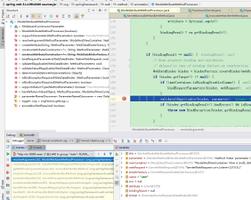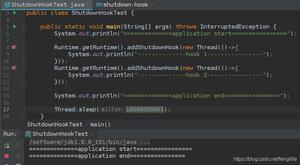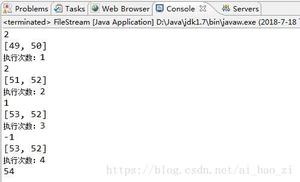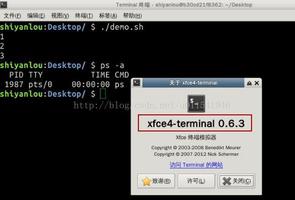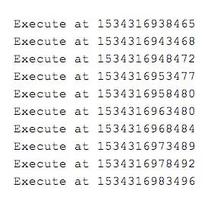使用`LinkedBlockingQueue`可能导致空指针异常
我最近正在学习Java并发编程。我知道final关键字可以保证安全的发布。但是,当我阅读LinkedBlockingQueue源代码时,发现headand
last字段未使用final关键字。我发现该enqueue方法在方法中被调用put,并且该enqueue方法直接将值分配给last.next。此时,last可能是null因为last未使用声明final。我的理解正确吗?虽然lock可以保证last读写线程的安全性,但是可以lock
保证last不是一个正确的初始值null
public class LinkedBlockingQueue<E> extends AbstractQueue<E> implements BlockingQueue<E>, java.io.Serializable {
transient Node<E> head;
private transient Node<E> last;
public LinkedBlockingQueue(int capacity) {
if (capacity <= 0) throw new IllegalArgumentException();
this.capacity = capacity;
last = head = new Node<E>(null);
}
private void enqueue(Node<E> node) {
// assert putLock.isHeldByCurrentThread();
// assert last.next == null;
last = last.next = node;
}
public void put(E e) throws InterruptedException {
if (e == null) throw new NullPointerException();
// Note: convention in all put/take/etc is to preset local var
// holding count negative to indicate failure unless set.
int c = -1;
Node<E> node = new Node<E>(e);
final ReentrantLock putLock = this.putLock;
final AtomicInteger count = this.count;
putLock.lockInterruptibly();
try {
/*
* Note that count is used in wait guard even though it is
* not protected by lock. This works because count can
* only decrease at this point (all other puts are shut
* out by lock), and we (or some other waiting put) are
* signalled if it ever changes from capacity. Similarly
* for all other uses of count in other wait guards.
*/
while (count.get() == capacity) {
notFull.await();
}
enqueue(node);
c = count.getAndIncrement();
if (c + 1 < capacity)
notFull.signal();
} finally {
putLock.unlock();
}
if (c == 0)
signalNotEmpty();
}
}
回答:
根据此博客文章https://shipilev.net/blog/2014/safe-public-
construction/甚至final在构造函数中写入一个属性也足以实现安全的初始化(因此,您的对象将始终被安全地发布)。并且capacity属性声明为final。
简而言之,我们在以下三种情况下会产生障碍:
最后一个领域是这样写的。注意,我们并不关心实际写入哪个字段,我们在退出(initializer)方法之前无条件地发出了屏障。这意味着,如果您至少有一个final字段写操作,则final字段语义将扩展到构造函数中编写的所有其他字段。
以上是 使用`LinkedBlockingQueue`可能导致空指针异常 的全部内容, 来源链接: utcz.com/qa/412929.html



